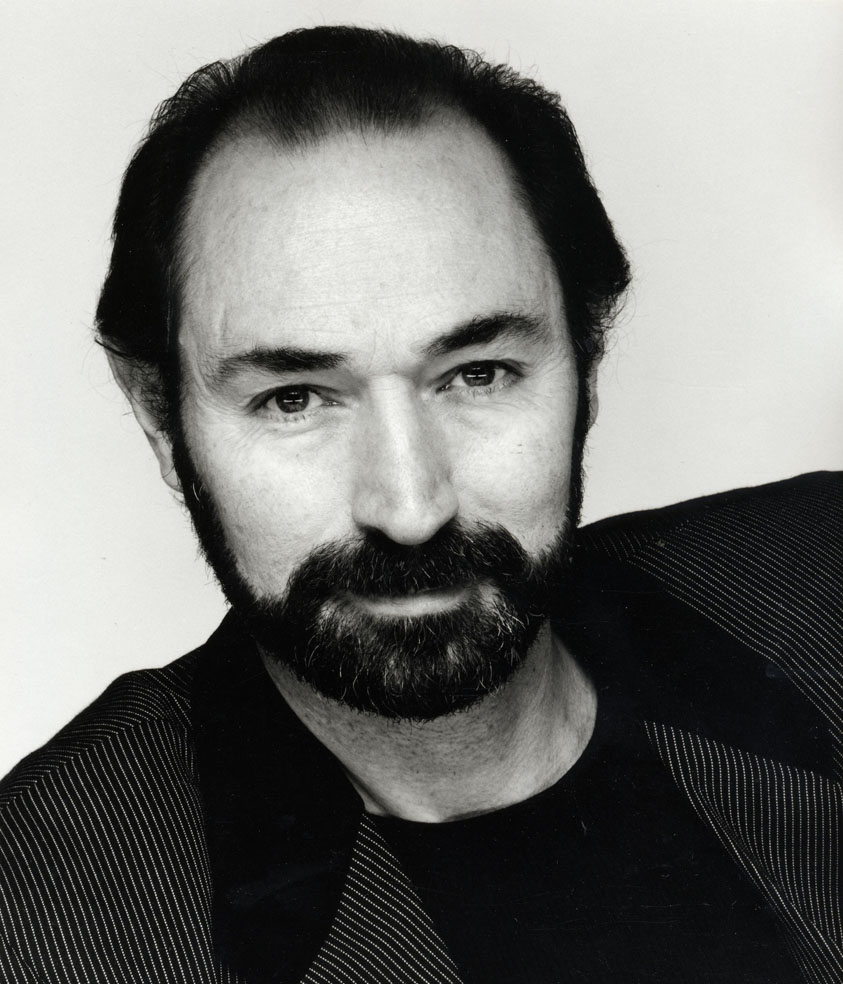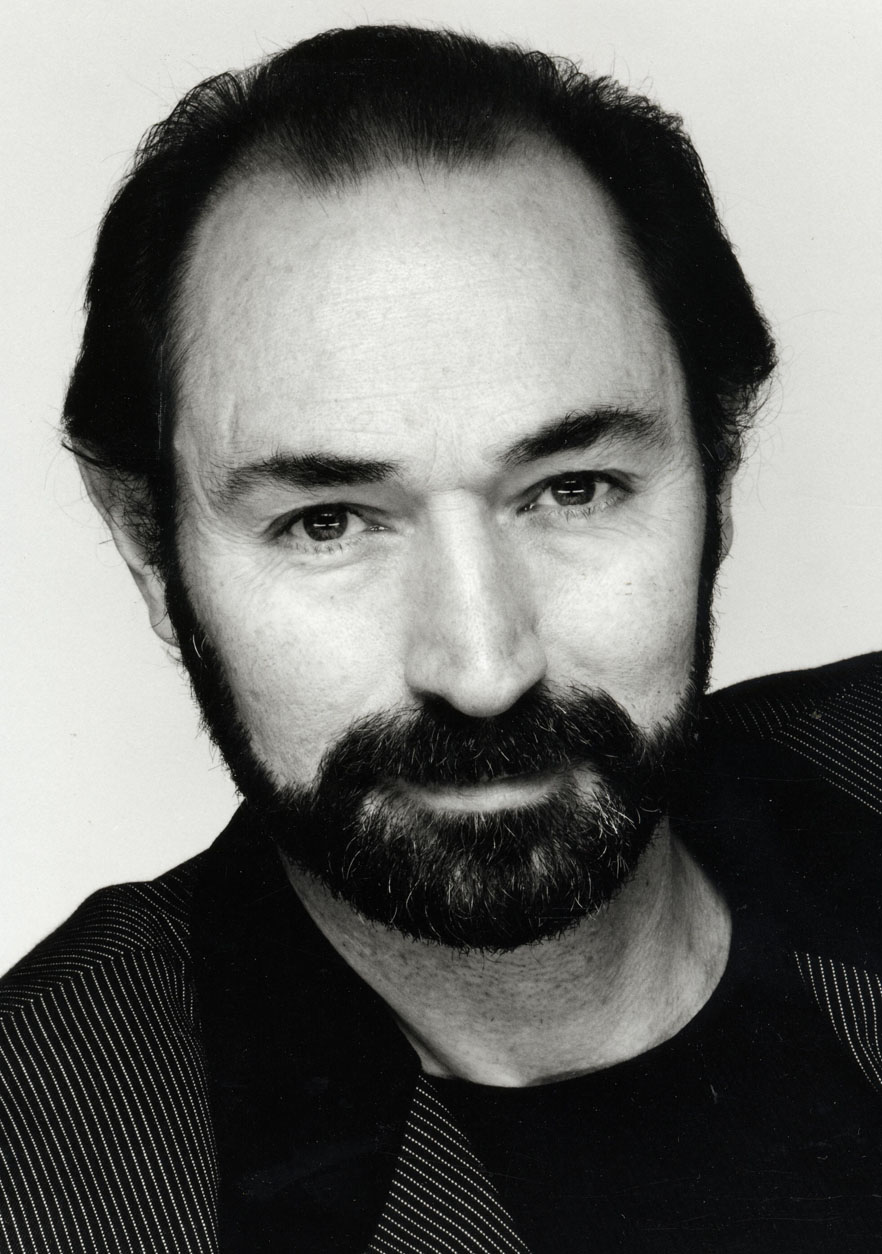 Christopher Bruce is one of the leading choreographers of his generation. In this interview with Sarah Crompton he talks about his most famous piece GHOST DANCES and his relationship with Rambert which spans nearly fifty years.
Christopher Bruce is one of the leading choreographers of his generation. In this interview with Sarah Crompton he talks about his most famous piece GHOST DANCES and his relationship with Rambert which spans nearly fifty years.
“I don’t make dances to make a statement,” says the choreographer Christopher Bruce. “I want to make good, well-crafted dance works and if it manages to say something, that’s wonderful. That’s the icing on the cake.”
He is talking about Ghost Dances, one of his most famous pieces, choreographed in 1981 and rarely out of the repertory for the next 20 years. Now he is reviving it, after a short break, and hopes that it will speak just as strongly to a new generation.
It was inspired by a letter he received from the human rights activist Joan Jara, whose husband Victor, a Chilean singer, poet and theatre director had been tortured and killed in the Pinochet coup which seized power in Chile in 1973. Danced to the traditional folk music, it uses Day of the Dead images – the skeleton exposed on the front of the body – to suggest the ferocious oppression that led to thousands of people being murdered across South America at the time.
It had an enormous impact when it was first staged. No one had seen anything like it and its message – that death comes, but people rise up again and again – was powerful and moving.
“I say to the dancers as I revive it now, you are constantly dashed to the floor, but you keep rising, you go on,” says Bruce. “There is a kind of defiance and pride there. You have seen it on the streets all over the world. People are incredibly courageous in these situations, they bounce back and in the end these regimes will tumble.”
It is this that makes him feel the piece has relevance today. “I think it is pertinent to any situation where human rights are being violated,” he says. “It doesn’t have to be South America. It can be Central America, the Middle East, wherever. It is relevant to a lot of situations. The great strength of dance is its ambiguity. You’re not dealing with words but with movement and the audience can read that on different levels. One piece can mean different things to different people.”
Now 72, Bruce holds a unique position in British dance. As a dancer and then a choreographer with Rambert from the late 1960s to the mid-1980s, he was encouraged by the company’s founder Dame Marie Rambert, who had worked with Diaghilev’s Ballets Russes. Although ballet trained, he was also strongly influenced by the technique of Martha Graham, where movement has an earthy, grounded quality. His dance origins therefore go back to pioneers in both classical and contemporary dance.
“I am very grateful for my career developing in the mid to late 20th century,” he says “My work was underpinned by tradition and solid classical and modern dance training. In building his own career – he was artistic director of Rambert from 1994-2002 and has also choreographed for dance companies around the world – Bruce has combined strongly theatrical impulses seen in works such as Cruel Garden and Ghost Dances, with more abstract pieces such as the enormously popular Rooster, set to the music of the Rolling Stones, which Rambert performed at the Theatre Royal Bath two years ago.
“Not all my dances are thematic,” he says. “But what I would say is that I have to have a good reason for making the dance.” With Ghost Dances, the combination of talking to Joan Jara – and reading her book ‘An Unfinished Song’ – with his interest in the music of the region meant he had found “a story I wanted to tell.”
He never visited Chile, but he researched the subject in depth, incorporating primitive ideas into more recent history. “The ghost dancers are about celebrating the dead and I combined that idea with the image of Indian tribes who would grind the bones of the dead after the funeral pyre is out and make a soup from the remains. When the soup is drunk, in a sense, the dead live on in the living. I loved this idea of a cycle of nature. I am not religious in any sense, but I do believe we are all part and parcel of nature. That gives me great consolation.”
Once he had completed his research, imagination took over. “In the studio, you put your research away and work with your instinct, marrying it with a craft you have developed in order to turn all your ideas into a piece of dance theatre. I made Ghost Dances very simple in structure and gave it a naïve style, because I thought the simpler it was, the more effective it could be. But you never know you’ve got it right until you actually see it on stage and see if it works for an audience.”
From the moment it was first seen, Ghost Dances worked – and it has gone on inspiring audiences in all its subsequent revivals.
How does Bruce feel when he looks back at his creations now? “I’m often a little surprised by what I have made,” he says, smiling. “I have always tended to be self-critical, always questioning the work. But one thing that does satisfy me is that I feel I developed a unique voice. My own signature. That pleases me.”
Rambert brings Christopher Bruce’s Ghost Dances to the Theatre Royal Bath as part of a triple bill which also features Goat by Ben Duke and The days run away like wild horses by Aletta Collins.
Ghost Dances and Other Works will be performed at the Theatre Royal Bath from Thursday 2nd to Saturday 4th November.


